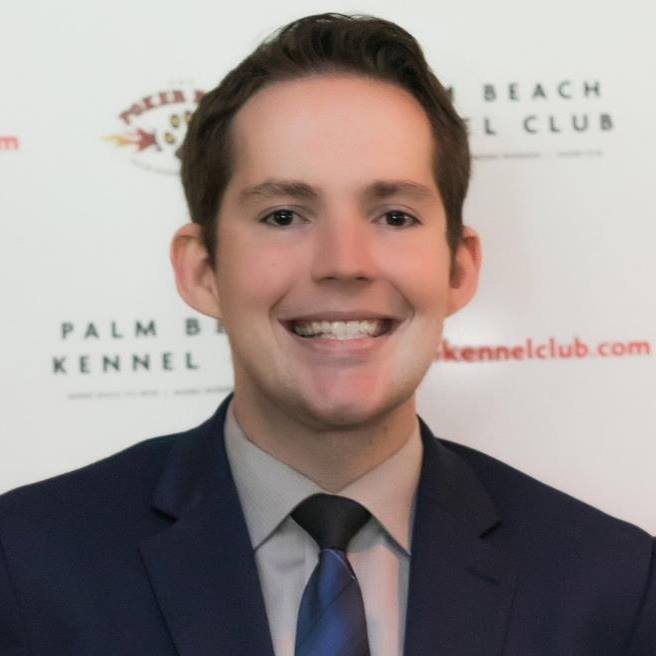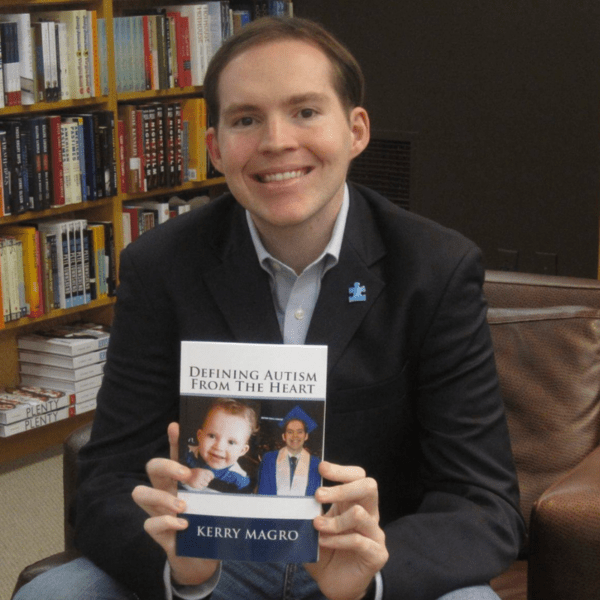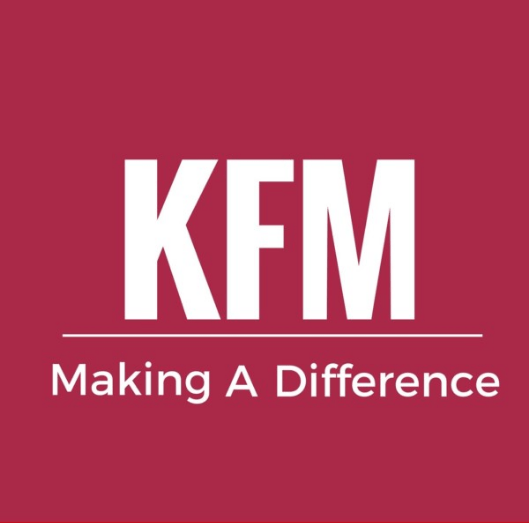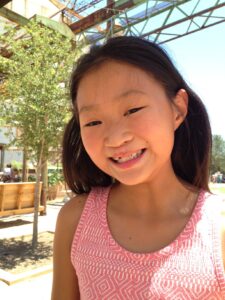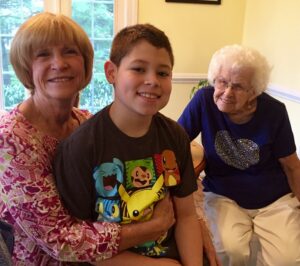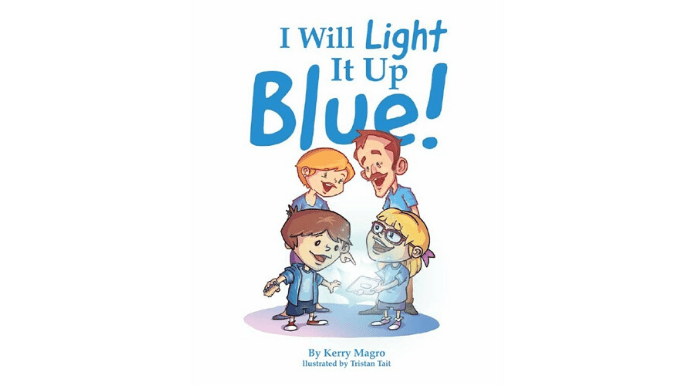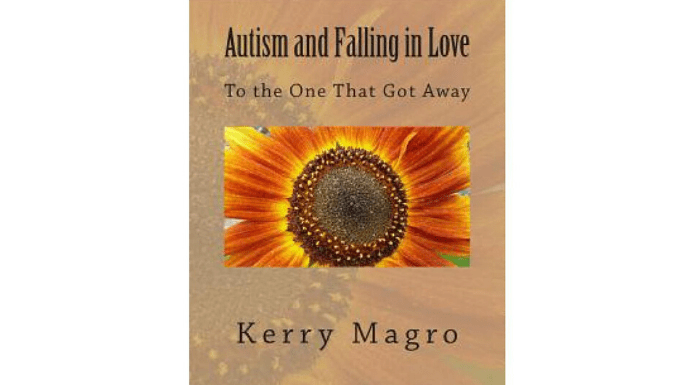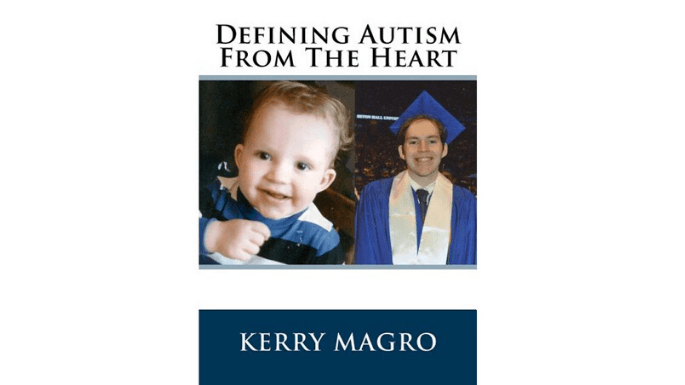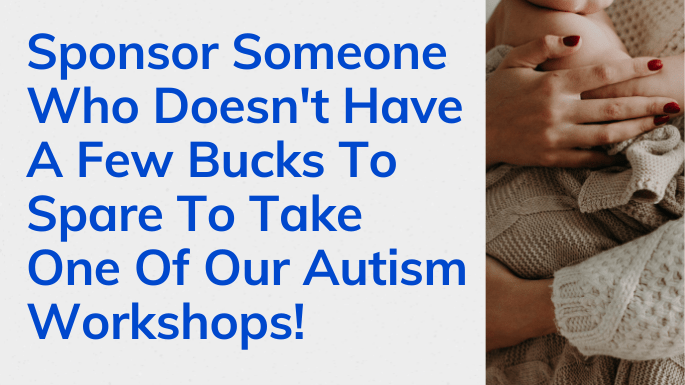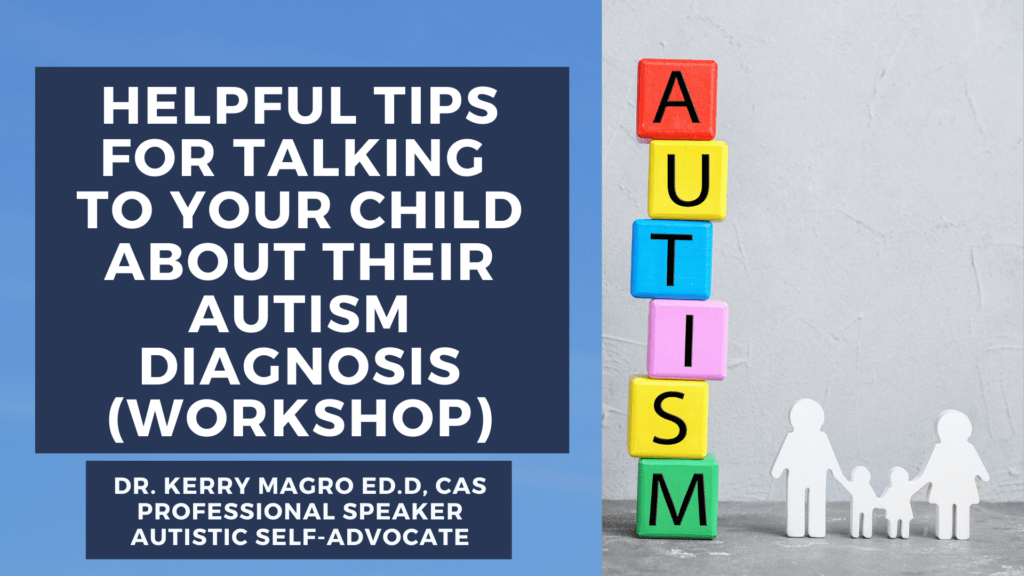This guest post is by G. Edward Bell, a young man on the autism spectrum who has been accepted into Rensselaer Polytechnic Institute studying Mechanical and Biomedial Engineering. Edward is applying for the Spring 2020 Making a Difference Autism Scholarship via the nonprofit KFM Making a Difference started by me, Kerry Magro. I was nonverbal till 2.5 and diagnosed with autism at 4 and you can read more about my organization here. Can I ask for a favor? I’m trying to make this nonprofit self-sufficient so I can make this my full-time job supporting the special needs community and would appreciate you taking a minute before reading on to watch this video below and subscribing to our Youtube page here to get to learn more about the work we do in the community.
I hope you can support my nonprofit like I’m trying to support these students with scholarship aid for college. Learn more on how you can help our cause with a small donation (just asking for $3 today, equal to your daily cup of coffee) here.
I always find it interesting when I have told people that I am High-Functioning Autistic and their response on many occasions is, “Well, you don’t look like you’re Autistic…” and my thought and my response usually is, “What does an Autistic person look like?” To which they usually don’t have an answer. In many cases they still don’t believe my assertion and have to confirm my diagnosis with my mother.
Many people don’t realize that individuals who have been diagnosed as being on the autism spectrum are exactly that on a spectrum, meaning none of us are alike.
I think the confusion for many concerning my autism diagnosis that may cause this statement to be made, is the misconception that autism affects Caucasian males and not people of color. Since I am African American people sometimes assume that I can’t have that diagnosis.
I think another possible misunderstanding that causes that statement to be made is because people assume that autistic people are not social, that they don’t look people in the eye, or that they must exhibit other visible behaviors commonly associated with autism. I however am somewhat of a social person, I have been a founding member of three competitive robotics teams since elementary school and my mother has prepared me for robotics competition presentations by constantly reminding me for example, to always look at people when I am speaking to them. After hearing this and putting it into practice over several years, most of the time I am able to look a person in the eye when I am speaking to them, even if it makes me uncomfortable at times.
My autism diagnosis came when I was in 7th grade, but before then I was diagnosed in 4th grade as being a twice exceptional kid, one who is gifted but has a learning disability. That learning disability was ADHD (Attention Deficit Hyperactivity Disorder). I still have ADHD but my mom and I knew that there was something else going on because I could understand complicated equations but I didn’t understand “simple” common sense things.
In school I often got into trouble because I didn’t do things that didn’t make sense to me. For example, math concepts always came easy to me but I would get points deducted from my grade for not showing my work. I couldn’t understand why I needed to show my work when the answer was correct and so I didn’t show my work. The same thing happened in English, I didn’t understand why I had to do a reading log, when the purpose of the log was to make sure students were reading and I was tested as reading at the level of a second year second semester college student when I was in 6th grade, so obviously I was an avid reader I didn’t see the need to prove that by filling out a reading log.
In addition to being the founder of my robotics teams I am also the Captain and Director of Community Service and Outreach. Through my robotics outreach I try to teach others that Autism is not defined by how you look, it is not defined as to whether you are a male or female or by your race or religion, it is defined by our brain development which impacts how we perceive and socialize with others, sometimes causing problems in social interaction and communication, but not always.
So although I don’t like when people say, “You don’t look like you’re autistic.” I am proud when I can use that statement as an opportunity to educate others about autism and diversity within our community. I am equally proud that I am able to demonstrate through my actions the things that we are capable of doing and that just because one has this diagnosis doesn’t mean that we are limited by what we can or can not do.

Follow my journey on Facebook, my Facebook Fan Page, & Instagram!
My name is Kerry Magro, a professional speaker and best-selling author who is also on the autism spectrum that started the nonprofit KFM Making a Difference in 2011 to help students with autism receive scholarship aid to pursue a post-secondary education. Help support me so I can continue to help students with autism go to college by making a tax-deductible donation to our nonprofit here.



